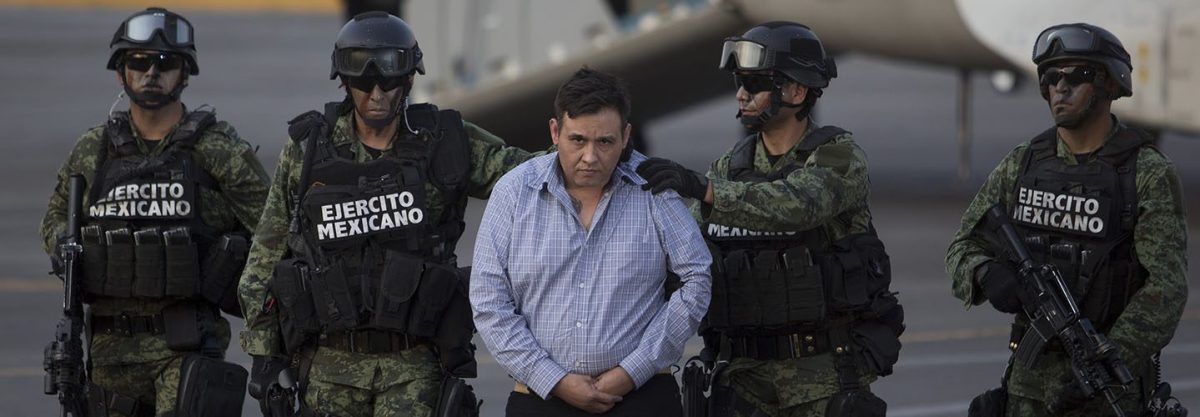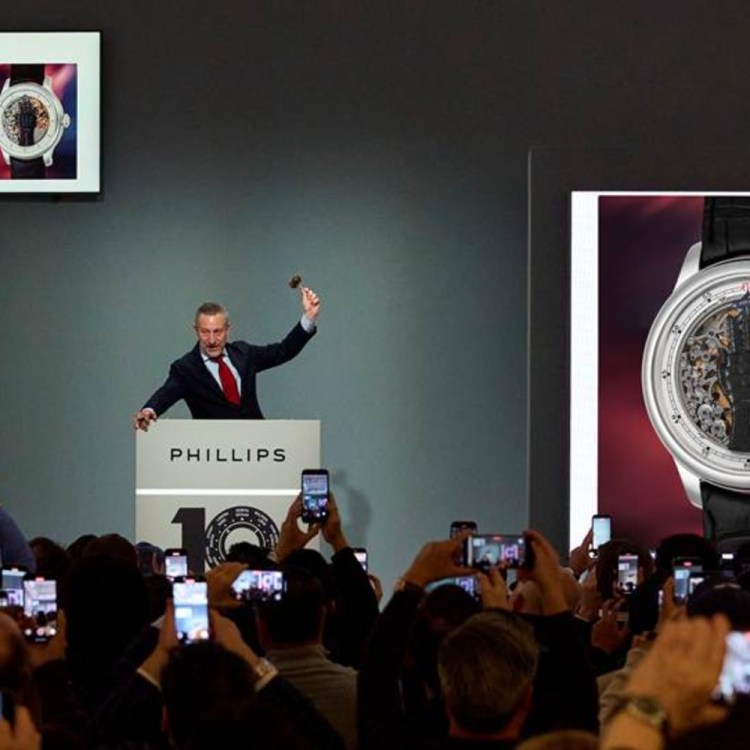In March 2011, gunmen from one of the most violent drug trafficking organizations in the world, the Zetas cartel, swept through Allende, a quiet ranching town not far from the Texas border.
They demolished homes and businesses and kidnapped and killed dozens, possibly hundreds, of men, women and children in a town with a population of just 23,000.
Entire blocks of the Mexican town, a 40-minute drive from Eagle Pass, Texas, now lie in ruins. Once garish mansions are crumbling and trash fills the streets. The destruction and disappearances went on for weeks as few people dared to seek help from authorities.
But unlike most places in Mexico that has been ravaged by the drug war, what happened in this town didn’t have its origins in Mexico, deduces a new piece published in ProPublica. The chain of events began in the United States, when the Drug Enforcement Administration scored an unexpected coup.
According to the piece, a DEA agent persuaded a high-level Zetas operative to hand over the trackable cellphone identification numbers for two of the cartel’s most wanted kingpins, Miguel Ángel Treviño and his brother Omar.
But then the DEA shared the intelligence with a Mexican federal police unit, one that has long had problems with leaks. Quickly the Treviños learned they had been betrayed and set out to retaliate against the presumed snitches and anyone they might know. The resulting violence was particularly surprising because the brothers called Allende home.
For years afterward, Mexican authorities barely investigated. American authorities eventually helped Mexico capture the Treviños but never acknowledged the devastating cost that came with the intel. In Allende, people suffered in silence.
A year ago, ProPublica and National Geographic set out to piece together what happened. The media organizations wanted to let those who bore the brunt of the attack, and those who played roles in triggering it, tell the story in their own words. Voices like this have rarely been heard during the drug wars and the reporters pursued this at their own personal risk.
The article goes through the massacre, describing how gunmen poured into Allende on Friday, March 18, 2011, looking for the people they believed had done them wrong. They rounded everyone up they could find and took them hostage. The Zetas burned the bodies of those they’d killed.
The victims, collateral damage from the DEA operation, Operation Too Legit to Quit, had suffered in silence… until now.
This article appeared in an InsideHook newsletter. Sign up for free to get more on travel, wellness, style, drinking, and culture.























